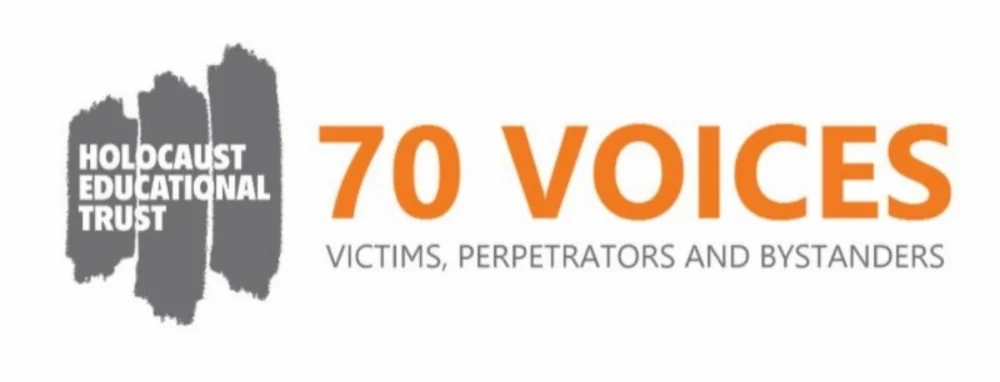The murder of millions of people in the camps was accompanied by plunder on an unprecedented scale. All of the possessions of victims were exploited, either for the personal enrichment of the perpetrators or for redistribution amongst the German population. When Majdanek concentration camp in Poland was liberated by the Red Army in 1944, thousands of pairs of shoes were discovered, prompting this reflection from the Yiddish poet Moses Schulstein.
I saw a mountain
Higher than Mt. Blanc
And more Holy than the Mountain of Sinai.
Not in a dream. It was real.
On this world this mountain stood.
Such a mountain I saw — of Jewish shoes in Majdanek.
Such a mountain — such a mountain I saw.
And suddenly, a strange thing happened.
The mountain moved…
And the thousands of shoes arranged themselves
By size — by pairs — and in rows — and moved.
Hear! Hear the march.
Hear the shuffle of shoes left behind — that which remained.
From small, from large, from each and every one.
Make way for the rows — for the pairs,
For the generations — for the years.
The shoe army — it moves and moves.
“We are the shoes, we are the last witnesses.
We are shoes from grandchildren and grandfathers.
From Prague, Paris and Amsterdam.
And because we are only made of stuff and leather
And not of blood and flesh, each one of us avoided the hellfire.
We shoes — that used to go strolling in the market
Or with the bride and groom to the chuppah,
We shoes from simple Jews, from butchers and carpenters,
From crocheted booties of babies just beginning to walk and go
On happy occasions, weddings, and even until the time
Of giving birth, to a dance, to exciting places to life…
Or quietly — to a funeral.
Unceasingly we go. We tramp.
The hangman never had the chance to snatch us into his
Sack of loot — now we go to him.
Let everyone hear the steps, which flow as tears,
The steps that measure out the judgment.”
I saw a mountain
Higher than Mt. Blanc
And more Holy than the Mountain of Sinai.
Approximately 59,000 Jewish men, women and children were murdered in Majdanek. Their shoes survived because they were valued more highly by the Nazis than the lives of their owners.
Photo: piles of victims’ shoes at Majdanek, discovered after liberation, 1944; Yad Vashem
Poem: Michael Berenbaum (ed.), From Holocaust to new life : a documentary volume depicting the proceedings and events of the American Gathering of Jewish Holocaust Survivors, Washington, D.C., April 1983-Nissan 5743 (American Gathering of Jewish Holocaust Survivors, 1985)




















